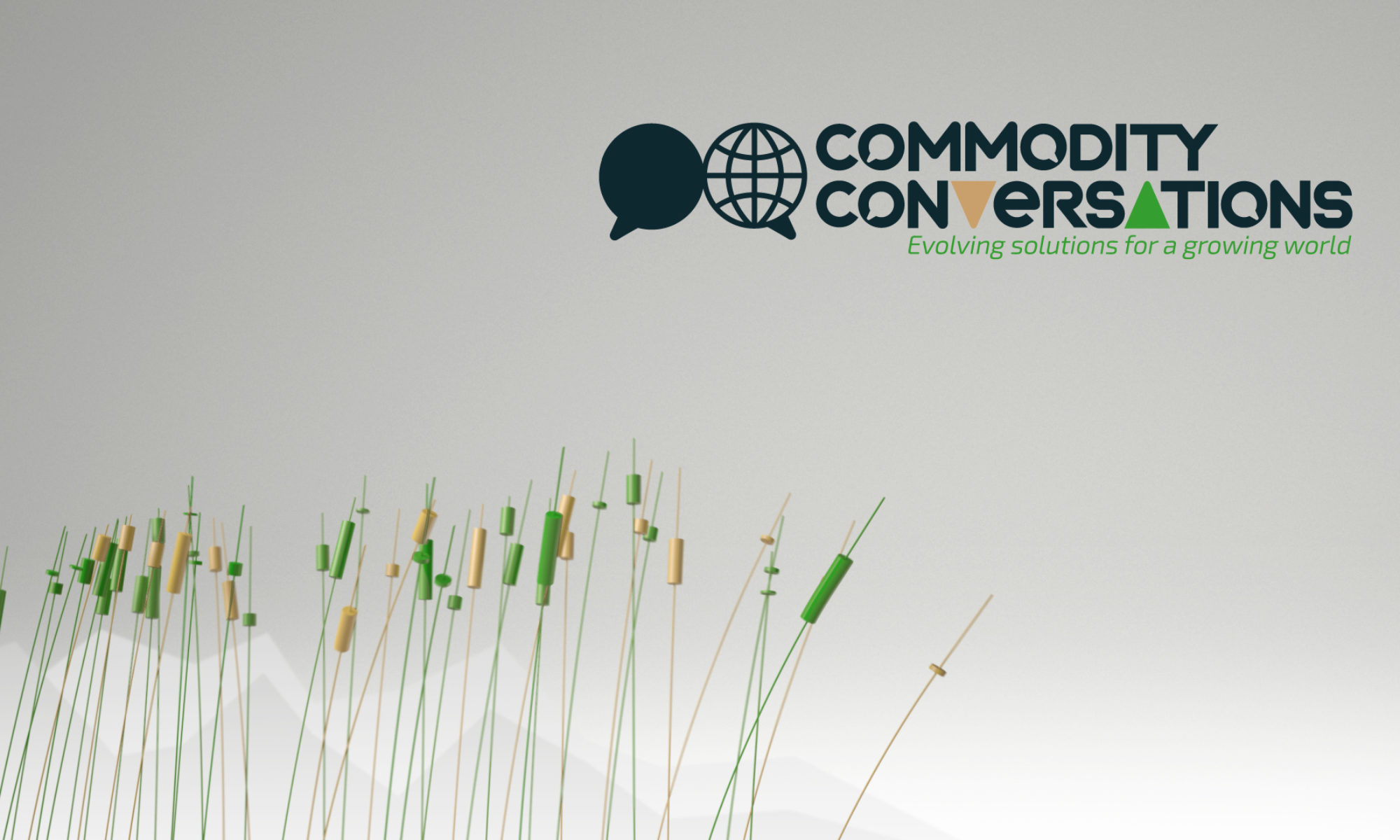
Good morning Ben and thank you for taking the time to chat. Could you tell me a little about LDC and coffee?
LDC first went into the coffee business a little over 30 years ago. We started in Brazil in 1989 with a single origin. We now have 19 processing, storage and logistic facilities, and coffee origination offices across 10 countries. We’re one of the world’s top green coffee merchants.
Vietnam is the largest producer of Robusta coffee and is a very important part of our business at LDC. We have a large operation there and we are one of the leading exporters of Vietnamese coffee. We are also very active in Brazil. We have a large asset network in both Brazil and Vietnam, but we also have offices and large businesses in all the major producing countries, including Colombia, Honduras, Mexico, Uganda, India and Indonesia.
All our origin offices are staffed with agronomists, research analysts, traders, asset managers, quality, sustainability teams and logistics managers. We have factories, warehouses and origination teams, sourcing coffee from farmers on behalf of our customers. Most of our coffee platform employees are based in producing countries.
LDC has often been viewed as the most trader of the coffee merchants. Do you consider yourself and your company more as a trader or more as a merchant – a supply chain manager?
In the past, LDC’s coffee business might have been more of a trader than a supply chain manager, but I think this view is now out of date.
Over the last five to ten years, we’ve made large investments, and built a significant asset footprint, in all major coffee producing countries. In that sense we have become much more of a supply chain manager, offering customers reliable supply of a wide range of coffees by sourcing the right coffee from the right place, at the right time.
We still spend a lot of our time discussing price and the role of price, because we believe it plays an important part in encouraging the movement of commodities between surplus and deficit regions. In that sense, it is still essential that the market prices coffee correctly, and that the correct price signals are transmitted all along the supply chain.
So, we still believe that trading has a role to play, but the scale and the size of our supply chain, and the diversified portfolio we offer our customers means that we are now much more than traders.
What is LDC’s USP – Unique Selling Point – in coffee?
We spend a lot of time and resources to understand the flows of green coffee, and where the imbalances are, with a particular focus on research and agronomy, analysing the price drivers.
And as I mentioned earlier, we have scale in, and a deep understanding of, all the major origins, with access to 35,000 farmers through our sustainability networks, and can source the right coffee for our customers in a very transparent way.
We believe our customers see the value in the investments we make – both in analysis and agronomy, and in the origins and our supply chain. Together, these mean we can provide a service that is a bit different to everybody else.
Where are you looking to add further value in the supply chain?
LDC started out in coffee as a trader/originator. We think there is still scope for us to further develop our origin presence in certain places, and to continue our work with producers to secure coffee supply chain resilience for the future. We see origination as very important. So that’s one end of the supply chain.
At the other end of the supply chain, we work closely with our customers to understand what they need, and what their customers need, and are looking to expand these flows.
We’re looking to extend our involvement in the supply chain, so that we are as close to the farmer as possible, and as close to the consumer as our customers would like.
What can be done to improve farmers’ incomes in producing countries?
For LDC, collaborative initiatives and responsible sourcing efforts are key.
Our scale and presence at origin means that, together with our customers, we can really make a difference in farmer communities, improving their livelihoods and the long-term sustainability of their businesses. This is especially important in the more vulnerable communities globally, who are at risk of exclusion due to a lack of resources and knowledge of good agricultural practices.
The physical differentials seem to be as volatile as the flat price; how do you hedge your basis risk?
We are not trying to hedge our basis risk, but instead we hedge the flat price risk in our physical transactions. Generally, we are very comfortable with basis risk, and this is the foundation of our trading books – in other words the relationship between the physical coffee and the futures contracts. For example, we’re looking to understand the relationship between Brazilian Arabica and the New York Arabica futures contract. That is our core business as traders.
As coffee merchants, we need transparent rules and liquidity in the futures contracts into which we hedge our physical transactions. These futures contracts need to look like the coffee that we’re transacting, thereby creating a genuine relationship between the two.
As a coffee trader do you regularly cup coffee for quality?
Yes, every team and department globally regularly cups coffee. Understanding the qualities, and delivering the correct qualities to our customers, are absolutely core skills in our business.
Does coffee keep you awake at night?
I have two children and a dog – they cause me more sleepless nights!
© Commodity Conversations ® 2020
This is a brief extract of an interview that will be included in my upcoming book Merchants & Roasters – Conversations over Coffee








